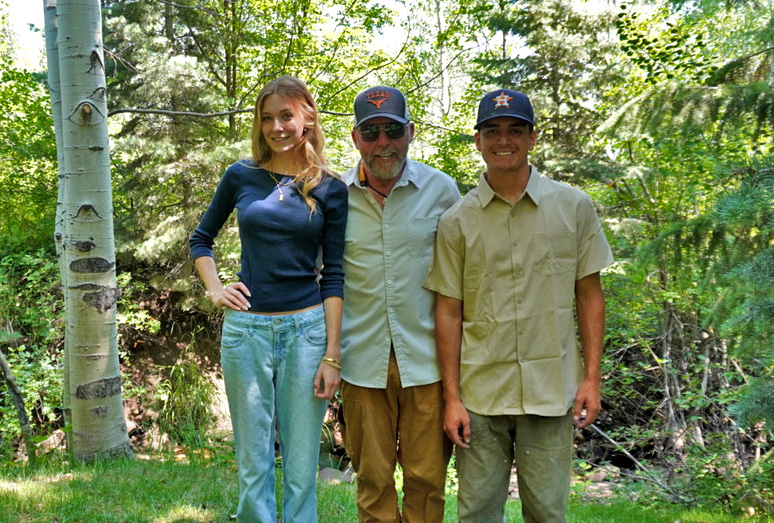Trunk Injections Part 2
Corporate Driven Research
Trunk injections were introduced to the tree care industry with the promise of precision and science. The idea was simple: drill into the tree, inject a measured dose of insecticide or fungicide directly into its vascular system, and achieve fast, targeted protection. On paper, it sounds brilliant. In practice, it has become one of the most damaging trends in modern tree care.
The Problem with Holes and Hype
Every injection starts with a wound. To deliver the chemical, holes must be drilled into the tree’s trunk — directly through its protective bark and into the living tissue that moves water and nutrients. Trees do not heal these wounds; they compartmentalize them. Each new round of injections adds more holes, more compartments, and more stress. Over time, the tree’s ability to transport water, nutrients, and defense compounds declines — and what began as a “treatment” becomes a slow death sentence.
When Science Turns into Sales
Insects like the Emerald Ash Borer (EAB) can be effectively managed through multiple methods: soil drenches, basal sprays, or even systemic root uptake applications that do not harm the tree’s structure. These methods cost less, are faster to apply, and do not leave behind permanent wounds.
A single trunk injection treatment for a 20-inch diameter Ash tree can cost around $450 and is marketed as “two years of protection.” Meanwhile, proven soil or basal methods can provide the same level of control for about $60 over the same period.
That math is not the solution — it’s the enemy of preservation. Trunk injections created a profit model that pushed accessibility out of reach for many property owners. Instead of saving trees, the system priced out most people and left countless untreated trees vulnerable to infestation and removal.
Slowing Down the Fight
During EAB outbreaks, speed matters. The more trees you can protect early, the fewer will be lost. Trunk injections complicate this process — they’re slow, labor-intensive, and require specialized equipment. A single technician can treat dozens of trees with a soil or basal application in a day; injections may only cover a fraction of that number. While the industry focused on high-dollar treatments, the insects kept spreading — and thousands of Ash trees died waiting for help.
Bad Practice Unchecked
I’ve seen Tree problems that a homeowner could fix on their own, I was talking to a peer last week and he told me that he had just come from a house that needed little to no service but a large nationwide Tree Company told her she needed to fertilize her Trees with Trunk Injections. Cost was over $15,000
That is malpractice, bad incetivization, and just wrong. (Why do you think Private Equity is getting into Trees?) Those Trees would get no benefit from the Injections that were presenrted as the solution. They would be a great benefit for the Salesman and the company he worked for, the homeowner would have lost both monwey and trees. She was smart to call for a second opinion. The real solution (good advice) cost $150.
The Lesson: Keep It Simple
Tree preservation should be practical, scalable, and biology-based — not marketing-driven. The health of our urban forests depends on accessible, science-backed solutions that protect as many trees as possible.
Trunk injections may look technical and sophisticated, but sometimes the simplest methods are the most effective, least invasiver, and reasonable in price.


